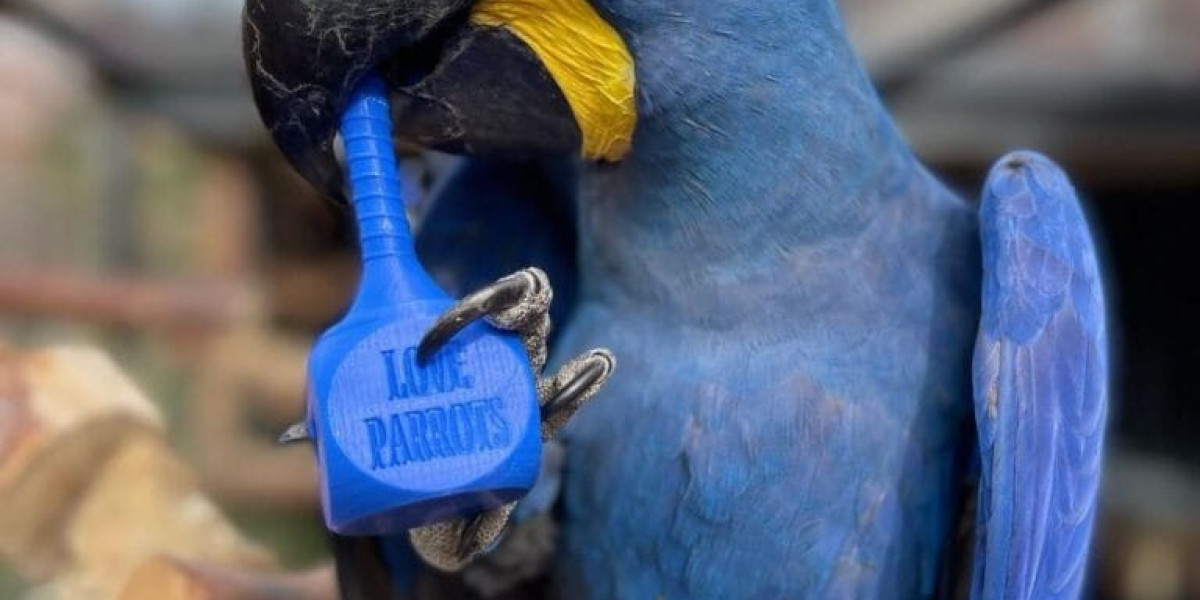
Bifold Door Repair: A Comprehensive Guide to Fixing Common Issues
bifold door fix doors, also known as folding doors, are a popular option for homeowners seeking to maximize area and create seamless transitions in between rooms or indoor and outside living areas. Their sophisticated, space-saving style enables large openings without the swing space required by traditional hinged doors. From closets and pantries to outdoor patios and space dividers, bifold doors offer flexibility and visual appeal. Nevertheless, like any mechanical element in a home, bifold doors can experience wear and tear over time, causing various operational concerns. Thankfully, numerous typical bifold door issues are manageable with some fundamental DIY skills and the ideal assistance.
This short article works as a detailed guide to understanding and addressing common bifold door repairs. We will check out common problems, equip you with the needed tools and understanding, and walk you through detailed repair processes. By comprehending the mechanics of bifold doors and discovering standard repair methods, house owners can extend the life expectancy of their doors and prevent pricey expert service calls.
Understanding Common Bifold Door Problems
Before diving into repairs, it's crucial to identify the source of the problem. bifold door knob repair doors, while relatively basic in style, depend on a number of parts working in consistency. When one part malfunctions, it can impact the whole system. Here are some of the most frequent problems house owners encounter with bifold doors:
- Hanging or Sticking Doors: This is perhaps the most typical complaint. Doors might get stuck while opening or closing, need extreme force to move, or scrape against the frame or floor. This can be caused by misaligned hinges, distorted doors, or issues with the track and roller system.
- Misaligned Doors: Even when closed, bifold doors must sit flush and lined up. Misalignment can manifest as gaps in between door panels, irregular spacing from the frame, or a failure to lock effectively. This can arise from loose hinges, distorted doors, or shifted tracks.
- Harmed or Broken Hardware: The rollers, hinges, rotates, and tracks are the workhorses of a bifold door fix door system. Over time and with regular use, these parts can use out, break, or end up being damaged. Damaged rollers can avoid smooth sliding, while harmed hinges can cause sticking and misalignment. Damaged tracks can block roller movement and cause jerky operation.
- Loose Screws and Fittings: Vibrations from routine usage can loosen up screws and fittings that hold the hinges, tracks, and other hardware in place. Loose elements can cause instability, misalignment, and noisy operation.
- Deformed Doors: Exposure to wetness and temperature level fluctuations can trigger wood bifold doors to warp. Warped doors can be tough to close properly, may rub versus the frame, and can produce spaces.
Important Tools and Materials for Bifold Door Repair
Having the right tools and products on hand will make the repair process considerably smoother and more efficient. Here's a list of common products you may need:
- Screwdrivers: A set of Phillips head and flathead screwdrivers of numerous sizes is necessary for tightening and loosening up screws.
- Drill/Driver: For more stubborn screws or for installing brand-new hardware, a drill/driver can be important. Ensure you have a range of drill bits and screwdriver bits.
- Hammer: A hammer can be practical for gently tapping elements into location or for removing stubborn pins.
- Pliers: Pliers are useful for gripping little parts, bending metal components, and getting rid of pins.
- Level: A level is essential for ensuring doors are effectively lined up vertically and horizontally.
- Tape Measure: For precise measurements when changing parts or changing door positions.
- Wood Shims: Shims are thin pieces of wood used for leveling and lining up doors within the frame.
- Lubricant (Silicone Spray or Dry Lube): Lubricant can substantially enhance the smooth operation of rollers and hinges.
- Replacement Rollers, Hinges, and Tracks: Depending on the problem, you might need to acquire replacement parts. It's frequently valuable to identify the maker and model of your bifold doors to ensure you get suitable replacements.
- Wood Filler or Epoxy (for wooden doors): For repairing minor damage to wooden doors, such as cracked corners or screw holes.
- Safety Glasses and Gloves: Always prioritize safety when carrying out DIY jobs.
Step-by-Step bifold door won't stay closed Door Repair Guide
Now, let's explore the practical actions for repairing common bifold door issues:
1. Dealing With Hanging or Sticking Doors:
- Inspection: Begin by carefully observing where the door is sticking or hanging. Is it rubbing versus the top, bottom, or side of the frame?
- Lubrication: Often, a simple lubrication of the rollers and track can fix sticking problems. Apply silicone spray or dry lube to all moving parts, consisting of rollers, hinges, and the leading and bottom tracks. Open and close the door numerous times to disperse the lube.
- Hinge Adjustment: If lubrication does not resolve the concern, inspect the hinges. Loose hinges can trigger doors to droop. Tighten any loose hinge screws. If the screws are stripped, you might require to use longer screws or wood filler in the screw holes before re-screwing.
- Track Adjustment: In some cases, the track itself may be somewhat misaligned. Check if the track is safely fastened to the frame. If it's loose, tighten the screws. Minor track misalignment can often be fixed by carefully tapping the track into place with a hammer and block of wood.
- Door Warping: If the door is warped, minor warping may be attended to by thoroughly straightening it using clamps and weights. Nevertheless, seriously warped doors may require to be replaced.
2. Fixing Misaligned Doors:
- Hinge Adjustment (Lateral Alignment): Misalignment can often be remedied by changing the hinges. Loosen the hinge screws slightly and gently move the door panel left or right to accomplish better positioning. Retighten the screws as soon as lined up.
- Shims (Vertical Alignment): If the door is unequal vertically, you can use shims. Open the door and place shims behind the depend upon the lower panel to raise it or behind the depend upon the upper panel to reduce it. Explore shim placement and thickness up until the doors are lined up, then tighten up the hinge screws firmly.
- Leveling the Frame: In unusual cases, the door frame itself might be out of level. Utilize a level to examine the frame. If it's not level, you might require to change the frame itself, which can be a more complicated job and may require expert support.
3. Replacing Damaged Hardware (Rollers, Hinges, Tracks):
- Roller Replacement:
- Open the bifold door and find the harmed roller.
- Depending upon the style, you might require to remove a maintaining clip or screw to release the old roller.
- Carefully eliminate the old roller.
- Place the brand-new roller, guaranteeing it is appropriately seated and protected.
- Test the door operation.
- Hinge Replacement:
- Open the door and identify the harmed hinge.
- Eliminate the screws holding the hinge to both door panels and the frame.
- Eliminate the old hinge.
- Position the new hinge in the exact same location.
- Secure the brand-new hinge with screws.
- Check the door operation.
- Track Replacement: Replacing a track is a more involved process and is typically just required if the track is significantly damaged or bent.
- Eliminate the bifold doors from the track.
- Loosen the old track from the frame.
- Measure and cut the brand-new track to the appropriate length, if essential.
- Position the new track and secure it to the frame with screws.
- Reinstall the bifold doors.
- Check the door operation.
4. Tightening Up Loose Screws and Fittings:
- Regular Inspection: Periodically inspect all screws and fittings on your bifold doors.
- Tightening: Use a screwdriver to tighten any loose screws.
- Stripped Screw Holes: If screws are consistently loosening up or stripped, you can use wood filler (for wooden doors) or epoxy to repair the screw holes. Fill the hole, let it dry, pre-drill a pilot hole, and then re-install the screw. Alternatively, use a little longer or wider screws to get a much better grip.
Regular Maintenance for Bifold Doors
Preventative upkeep is key to prolonging the life of your bifold doors and lessening the requirement for repairs. Here are some important maintenance ideas:
- Regular Cleaning: Keep the tracks and rollers clean from dust, particles, and animal hair. Vacuum or clean down tracks regularly.
- Lubrication: Lubricate rollers and hinges a minimum of twice a year or whenever you observe the doors starting to stick or squeak.
- Examine Hardware Periodically: Check for loose screws, used rollers, or damaged hinges during your routine home upkeep checks.
- Gentle Operation: Avoid slamming or requiring bifold doors. Run them efficiently and carefully to avoid unnecessary stress on the hardware.
When to Call a Professional
While lots of bifold door problems can be dealt with DIY, there are situations where it's best to call a professional handyman or door expert:
- Significant Door Warping: Severely warped doors may be beyond DIY repair and require expert replacement.
- Complex Track Issues: If the track is substantially bent, damaged, or if you suspect structural problems with the frame, expert proficiency is recommended.
- Absence of DIY Experience: If you are uneasy with DIY repairs or do not have the required tools, seeking professional assistance is always a safe and practical choice.
- Time Constraints: If you are short on time or choose to have the repair done quickly and efficiently, a specialist can handle the task.
Conclusion
Bifold doors are an important addition to any home, using area performance and visual appeal. Comprehending their mechanics and typical issues empowers property owners to carry out basic repairs and upkeep, guaranteeing their longevity and smooth operation. By following the actions laid out in this guide, and with a little perseverance and the right tools, you can effectively attend to most bifold door concerns and keep your doors operating flawlessly for many years to come. Remember, regular maintenance and prompt attention to minor issues can avoid larger issues and save you money and time in the long run.
Regularly Asked Questions (FAQs) about Bifold Door Repair
Q: Why are my bifold doors sticking?A: Sticking bifold doors are often brought on by absence of lubrication, misaligned hinges, or particles in the tracks and rollers.
Q: How frequently should I lubricate bifold door rollers?A: It's advised to oil Bifold Door won't open door rollers a minimum of two times a year or whenever you notice the doors ending up being less smooth to run.
Q: Can I replace bifold door rollers myself?A: Yes, changing bifold door rollers is a reasonably simple DIY job. Ensure you purchase suitable replacement rollers for your door type.
Q: My bifold doors are misaligned even when closed. How can I repair this?A: Misalignment can typically be remedied by adjusting the hinges. Try loosening hinge screws and carefully moving door panels for much better alignment, or use shims behind hinges to change vertical alignment.
Q: What kind of lube is best for bifold door rollers?A: Silicone spray or dry lube are outstanding choices for bifold door rollers as they are less most likely to attract dust and debris compared to oil-based lubricants.
Q: When should I think about changing my bifold doors rather of fixing them?A: Consider changing bifold doors if they are considerably distorted, thoroughly harmed, or if the expense of repairs exceeds the expense of brand-new doors, particularly if they are old and broken.







